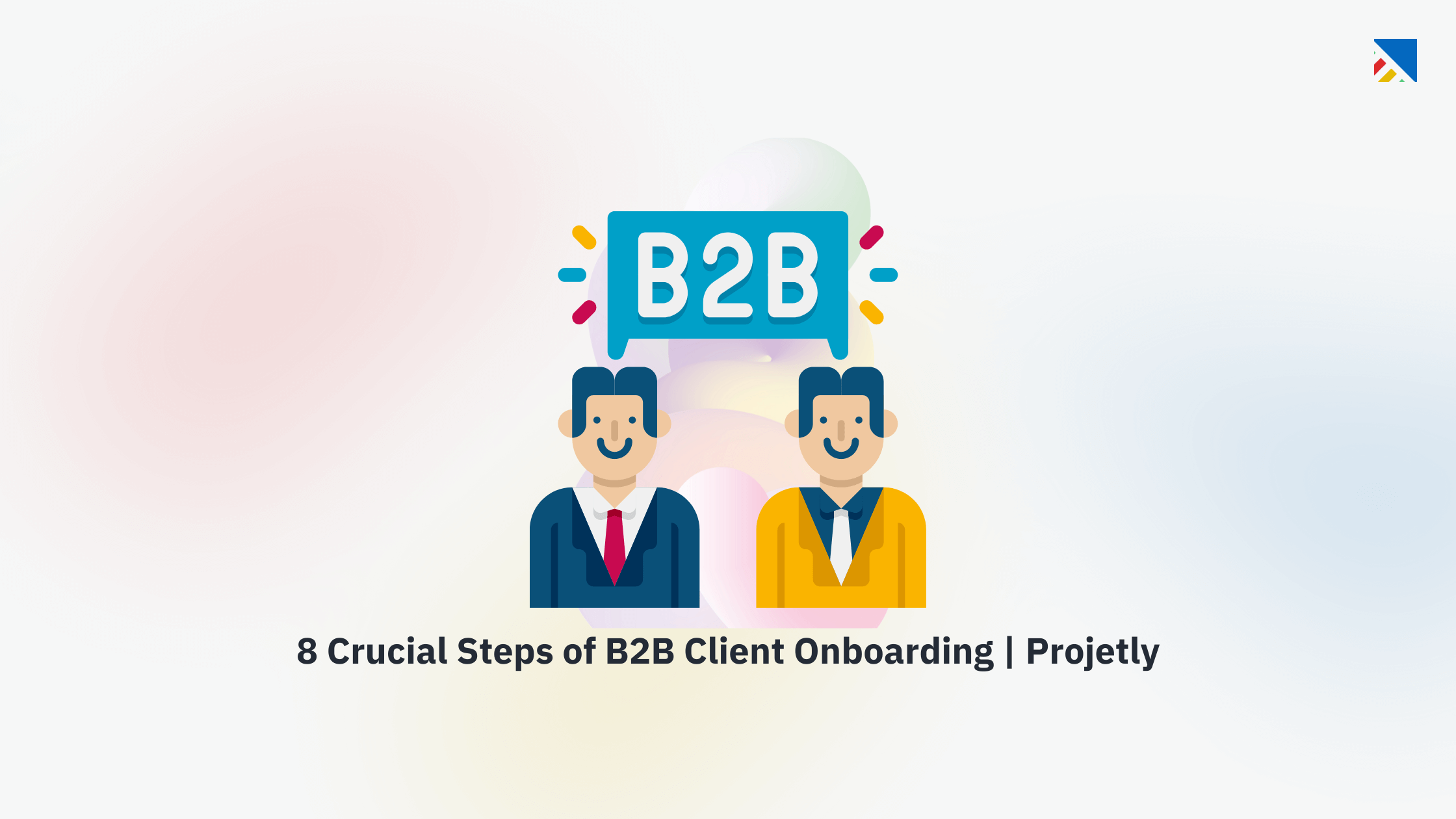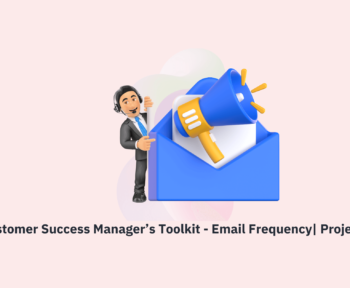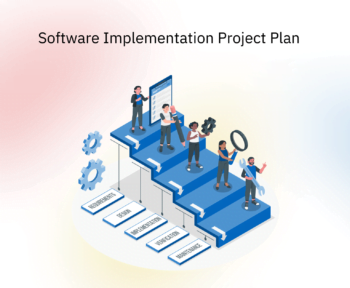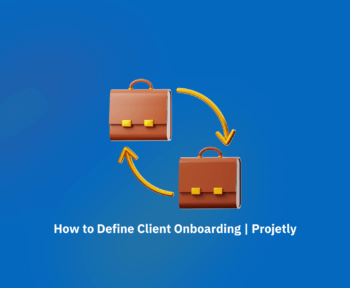In the B2B business world, client onboarding is crucial to long-term success and customer satisfaction. It is the process of familiarizing new clients with your product or service, helping them get up to speed, and setting the foundation for a solid and lasting relationship. A well-executed client onboarding process can lead to higher client retention rates, increased clientloyalty, and, ultimately, a boost in revenue.
The Benefits of a Well-Executed B2B Client Onboarding Process
A successful B2B client onboarding process has numerous benefits for the business and the client. For the business, it helps reduce the churn rate and maximize customer lifetime value. By providing a seamless onboarding experience, you can ensure that your clients fully understand the value proposition of your product or service and are more likely to become loyal advocates.
On the other hand, for the client, a well-executed onboarding process helps minimize confusion and frustration. It allows them to quickly grasp how to use your product or service effectively, leading to faster adoption and a higher return on their investment. Creating a customized onboarding experience can make clients feel cherished and recognized, boosting their overall satisfaction and loyalty.
Related blog: How to Define Client Onboarding and Why It Actually Matters?

Key Components of an Effective B2B Client Onboarding Strategy
It’s essential to have a well-defined strategy in place to master the art of B2B client onboarding. Let’s explore the key components that make up an effective onboarding process:
Step 1: Pre-onboarding Preparation and Planning
Before the onboarding process begins, laying the groundwork for a successful journey is crucial. This involves identifying the client’s needs and goals, assigning a dedicated onboarding team, and creating a detailed action plan. By investing time in pre-onboarding preparation, you can ensure a smooth and personalized onboarding experience for each client.
Step 2: Creating a Personalized Onboarding Experience
Every client is unique, and their initiation journey must mirror this uniqueness. By customizing the onboarding journey to align with their requirements and tastes, you lay the groundwork for a strong initial connection. This customization can be accomplished by conducting an in-depth analysis of their needs, crafting personalized training resources, and providing a dedicated onboarding expert to lead the client through the process.
Step 3: Providing Comprehensive Product Training and Support
Providing comprehensive product training and ongoing support is essential to set your clients up for success. This includes conducting training sessions, creating detailed documentation and tutorials, and offering access to a dedicated support team. Providing your clients with the necessary knowledge and resources enables them to maximize the benefits of your product and attain their goals.
Step 4: Setting Clear Expectations and Goals
Clear communication is key to a successful onboarding process. Setting clear objectives from the first interaction helps manage the client’s expectations and ensures they understand what they can achieve with your product or service. By syncing your goals with theirs, you can forge a collective vision, boosting the chances of sustained success.
Step 5: Regular Communication and Feedback during the Onboarding Process
Throughout the B2B client onboarding process, it’s essential to maintain regular communication with the client and seek their feedback. This allows you to address any concerns or challenges they may face and make necessary adjustments. Additionally, soliciting feedback demonstrates that you value their input and are committed to their success, further strengthening the customer relationship.
Step 6: Ensuring a Smooth Transition and Integration
A successful onboarding process continues even after the client is fully onboarded. A smooth transition and integration into their existing workflows or systems is crucial. This may involve providing integration support, conducting follow-up training sessions, or offering ongoing guidance to help the customer seamlessly integrate your product or service into their operations.
Step 7: Monitoring Customer Success and Satisfaction Post-Onboarding
Once the onboarding process is complete, monitoring the client’s success and satisfaction is essential to ensure ongoing engagement. Conduct regular check-ins, performance reviews, or client surveys. Proactively addressing any issues or concerns can strengthen the customer relationship and identify opportunities for upselling or cross-selling.
Step 8: Continuously Improving and Optimizing the Onboarding Process
Client onboarding is not a one-time event. To continuously improve and optimize the onboarding experience, gathering client and internal stakeholder feedback, analyzing the data, and implementing necessary changes is essential. Iterating on your onboarding process helps you stay ahead of the competition and ensure client success in the long run.
Tools and Software to Streamline B2B Client Onboarding
Various tools and software are available to streamline the B2B client onboarding process. These tools can help automate manual tasks, enhance communication, and provide valuable insights. Some popular tools include customer relationship management (CRM) systems, project management software, knowledge bases, and customer onboarding platforms. By leveraging these tools, businesses can save time, improve efficiency, and deliver a seamless onboarding experience.
Download Projetly’s Client Onboarding Template Here.

Common Challenges and How to Overcome Them in B2B Client Onboarding
While client onboarding is crucial for success, it can also come with its fair share of challenges. Here are some common challenges faced in B2B client onboarding and strategies to overcome them:
- Lack of Personalization: Invest in understanding your client’s unique needs and preferences to address this challenge. Tailor the onboarding experience accordingly, providing personalized training and support.
- Complex Product or Service: If your product or service is complex, break it into manageable chunks. Provide step-by-step guidance, offer interactive training materials, and ensure ongoing support to help customers navigate the complexity.
- Poor Communication: Effective communication is essential throughout the onboarding process. Ensure clear and timely communication with customers, set expectations, and provide regular updates. Consider using collaboration tools or project management software to streamline communication.
- Limited Resources: If you have limited resources, prioritize the most critical aspects of onboarding. Focus on providing comprehensive training and support while automating repetitive tasks to optimize resource allocation.
- Lack of Post-Onboarding Follow-up: To ensure ongoing success, establish a system for post-onboarding follow-up. Regularly check in with customers, monitor their progress, and address any concerns or challenges they may face.
By proactively addressing these challenges, businesses can ensure a smooth and successful onboarding process that sets the stage for long-term customer satisfaction and loyalty.
Conclusion
Mastering the art of B2B client onboarding is crucial for businesses looking to drive customer success and maximize their revenue. By understanding the importance of onboarding, implementing an effective strategy, and leveraging the right tools, businesses can create a seamless onboarding experience that sets the foundation for a solid and lasting customer relationship.
Client onboarding requires continuous improvement and optimization. By monitoring customer success, soliciting feedback, and making necessary adjustments, businesses can ensure that their clients achieve their desired outcomes and become loyal advocates.
So, take the time to invest in your B2B client onboarding process and reap the rewards of increased customer retention, loyalty, and revenue growth.
Ready to master the art of B2B client onboarding? Start implementing these crucial steps today and unlock the full potential of your business.
Frequently Asked Questions
-
What is the first step in B2B client onboarding?
The first step is conducting a thorough initial assessment to understand the client’s unique needs and objectives.
-
How long should the B2B client onboarding process take?
The duration of the onboarding process can vary, but it typically ranges from a few weeks to a few months, depending on the complexity of the client’s requirements.
-
What are the key components of a successful onboarding plan?
A successful onboarding plan includes a clear timeline, defined roles and responsibilities, key milestones, and deliverables.
-
How can I ensure data security during the onboarding process?
Implement robust security measures such as encryption, secure data transfer methods, and strict access controls to protect client data.




